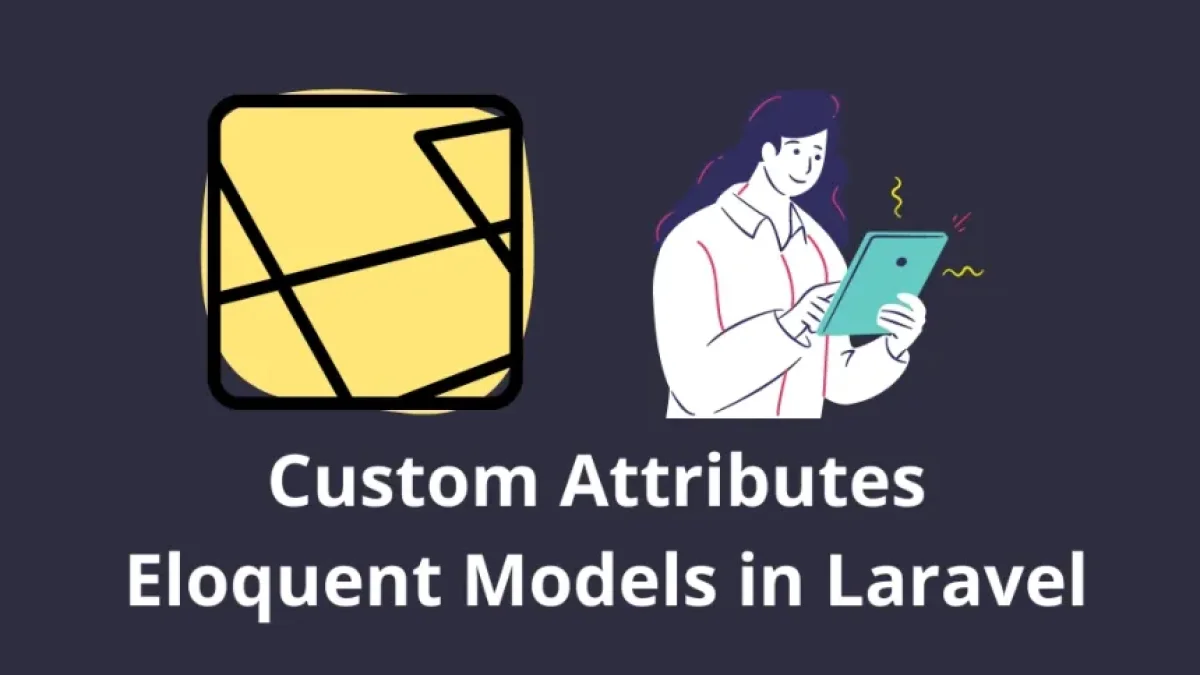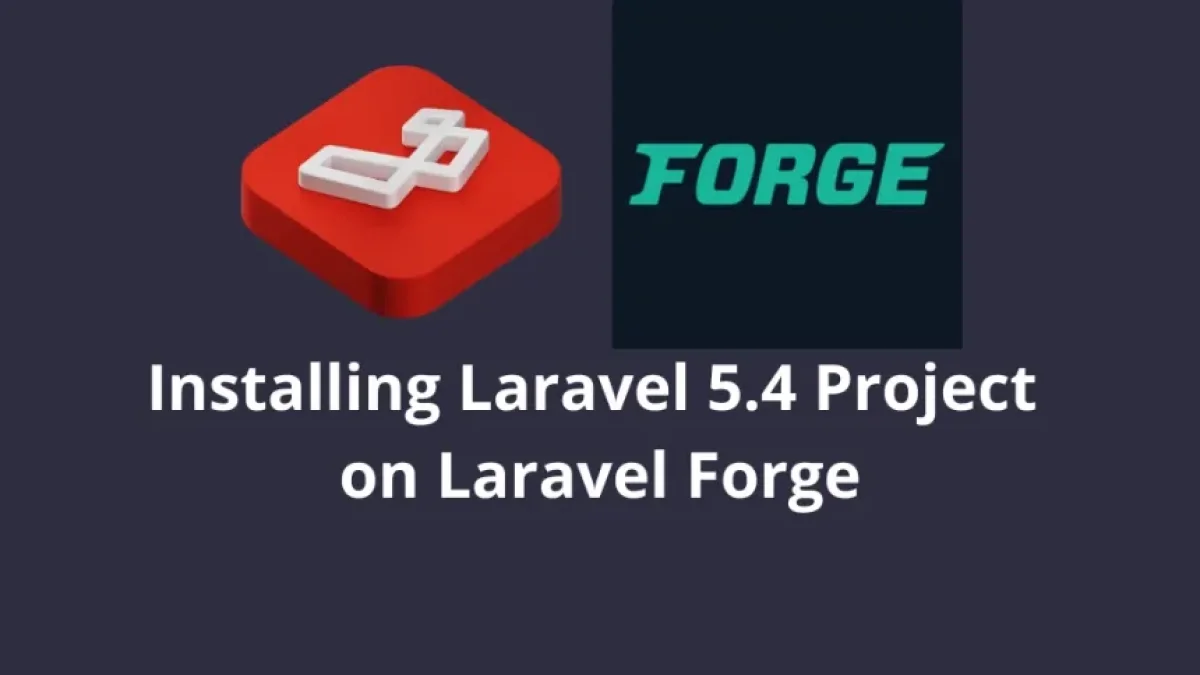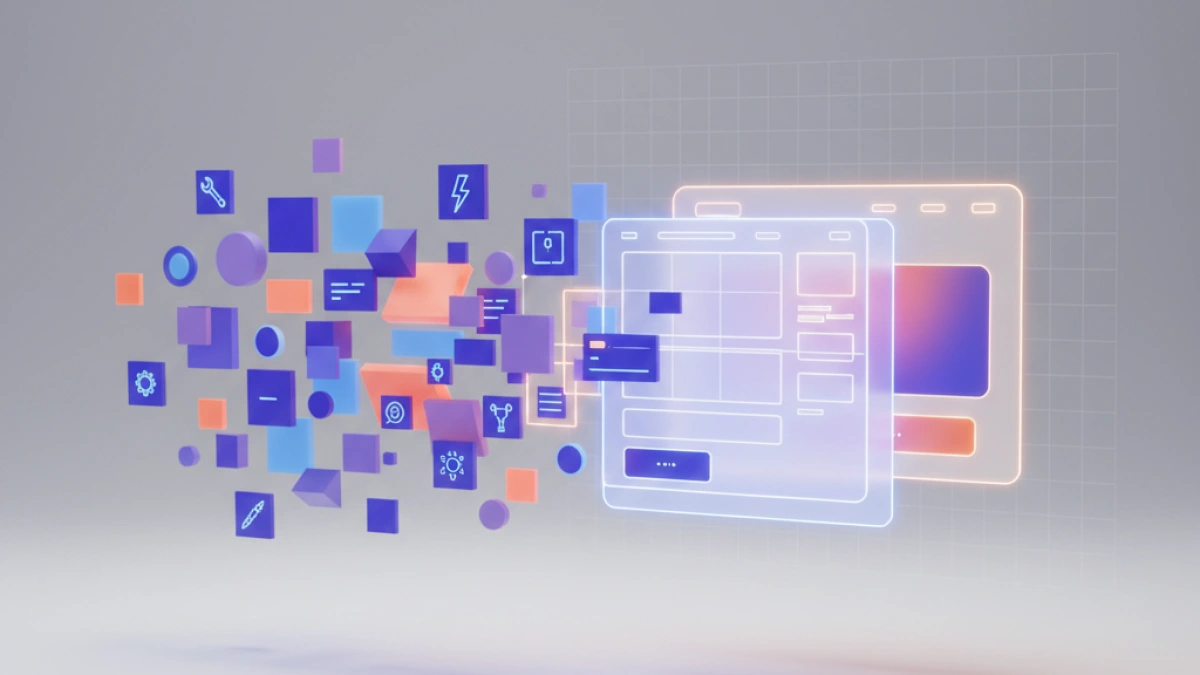What is Laravel and What is it for? This Powerful PHP Framework


Laravel is a PHP framework that has revolutionized the way developers build web applications. Since its release in 2011, Laravel has gained widespread popularity for its elegance, ease of use, and powerful features that simplify the development of complex web applications. In this article, we will explore in depth what Laravel is, its main features, and what it is used for. Additionally, we will see how Laravel can improve your workflow and help you develop robust and efficient web applications.
What is Laravel?
Laravel is an open-source framework for the PHP programming language. Its main purpose is to provide a robust and elegant structure for developing web applications. Laravel follows the MVC (Model-View-Controller) design pattern, making it easy to organize code and separate business logic, presentation, and control from user requests.
History and Evolution of Laravel
Laravel was created by Taylor Otwell as an alternative to existing PHP frameworks, with the goal of improving the development experience and providing a more modern and flexible solution. Since its release, Laravel has evolved significantly, with new versions introducing innovative features and continuous improvements.
Key Features of Laravel
Laravel offers a number of features that set it apart from other PHP frameworks. These features not only simplify development, but also improve code quality and maintainability. Below are some of the most notable features of Laravel:
Read also
1- Intuitive Routing System
Laravel provides an easy-to-use routing system that allows you to define routes and control how user requests are handled. You can define routes in the routes file and associate them with specific controllers or functions. This makes it easy to manage URLs and the business logic associated with each route.
Route::get('/users', 'UserController@index');2- Eloquent ORM
Eloquent is Laravel's object-relational mapping (ORM) system that simplifies working with databases. Eloquent allows you to interact with the database using PHP templates, making it easy to create, read, update, and delete records without having to write complex SQL queries.
$user = User::find(1); $user->name = 'New name'; $user->save();
3- Database Migrations
Laravel includes a migration system that facilitates the management of changes in the database structure. Migrations allow you to define and apply changes to the database in an orderly and controlled manner, which is especially useful in development teams and production environments.
Read also
Schema::create('users', function (Blueprint $table) {
$table->id();
$table->string('name');
$table->timestamps();
});4- Blade Templating Engine
Blade is Laravel's templating engine that makes it easy to create views and separate presentation logic. Blade allows for simple syntax to include data, perform loops and conditionals, and inherit templates, making view development more efficient and maintainable.
@extends('layouts.app')
@section('content')
<h1>{{ $title }}</h1>
@foreach ($users as $user)
<p>{{ $user->name }}</p>
@endforeach
@endsection5- Authentication and Authorization System
Laravel includes a complete authentication and authorization system that makes it easy to implement security features in web applications. With Laravel, you can easily manage user registration, authentication, roles, and permissions, which improves security and access control in your application.
6- Artisan CLI
Artisan is Laravel's command-line interface that provides a number of useful commands to simplify common development tasks. With Artisan, you can generate code, run migrations, manage databases, and perform other important tasks directly from the command line.
php artisan make:model User php artisan migrate
7- Automated Testing
Laravel makes it easy to implement automated testing using PHPUnit, a PHP testing framework. Automated testing allows you to verify that your application is working correctly and avoid errors in your code. Laravel includes tools for unit and integration testing, which improves software quality and reliability.
What is Laravel Used For?
Laravel is used to develop a wide variety of web applications, from simple websites to complex enterprise applications. Below are some common use cases for Laravel:
1- Web Application Development
Laravel is ideal for web application development due to its focus on simplicity and efficiency. You can build dynamic, scalable, and secure web applications using the tools and features provided by Laravel.
2- API Creation
Laravel makes it easy to create RESTful APIs to enable communication between applications. With Laravel, you can define API routes, handle requests and responses, and authenticate users in a simple way.
3- Content Management System (CMS) Development
Laravel is an excellent choice for developing custom content management systems. You can use Laravel to create a CMS that fits your project's specific needs, including features such as user management, content creation, and media management.
4- E-Commerce Applications
Laravel can be used to develop full-featured e-commerce applications, including features such as product management, payment processing, order management, and integration with third-party services.
5- Custom Development Projects
Laravel is suitable for custom development projects where a customized solution is required. You can use Laravel to build applications that meet specific requirements and provide a unique user experience.
Advantages of Using Laravel
- Fast and Efficient Development: Laravel simplifies web application development by providing tools and features that streamline the coding process. This allows developers to build applications faster and more efficiently.
- Clean and Maintainable Code: Laravel encourages writing clean and maintainable code by using design patterns and separation of responsibilities. This makes it easier to maintain and update applications over time.
- Active Community and Support: Laravel has an active developer community and a wealth of resources and documentation. This provides valuable support and helps in solving problems and learning new techniques.
- Built-in Security: Laravel includes built-in security features, such as protection against CSRF and XSS attacks, that help protect your web applications from common threats and vulnerabilities.
- Flexibility and Extensibility: Laravel is highly flexible and extensible, allowing you to tailor the framework to your specific project needs. You can use packages and extensions to add additional functionality and customize the application as per your requirements.
Conclusion
Laravel is a powerful and versatile PHP framework that offers a number of features and tools designed to simplify web application development. With its focus on elegance, efficiency, and security, Laravel has become a popular choice for developers around the world. By using Laravel, you can take advantage of its advanced features, such as Eloquent ORM, Blade templating, and Artisan CLI, to build robust, high-performance web applications. We hope that this guide has provided you with a clear understanding of what Laravel is and how it can benefit your web development projects.



















